Understanding the Septic Tank Cleaning Process
Maintaining a healthy septic system is crucial for preventing costly repairs and keeping your home’s wastewater system functioning smoothly. The septic tank cleaning process is an essential part of this maintenance. In this article, we’ll walk you through the step-by-step process of cleaning your septic tank, ensuring your system operates efficiently.
- Septic tank cleaning requires regular maintenance to avoid system failures.
- Key steps include locating the tank, accessing it, inspecting, measuring sludge, and pumping.
- Properly maintained septic systems can last for decades.
Why Septic Tank Cleaning is Essential
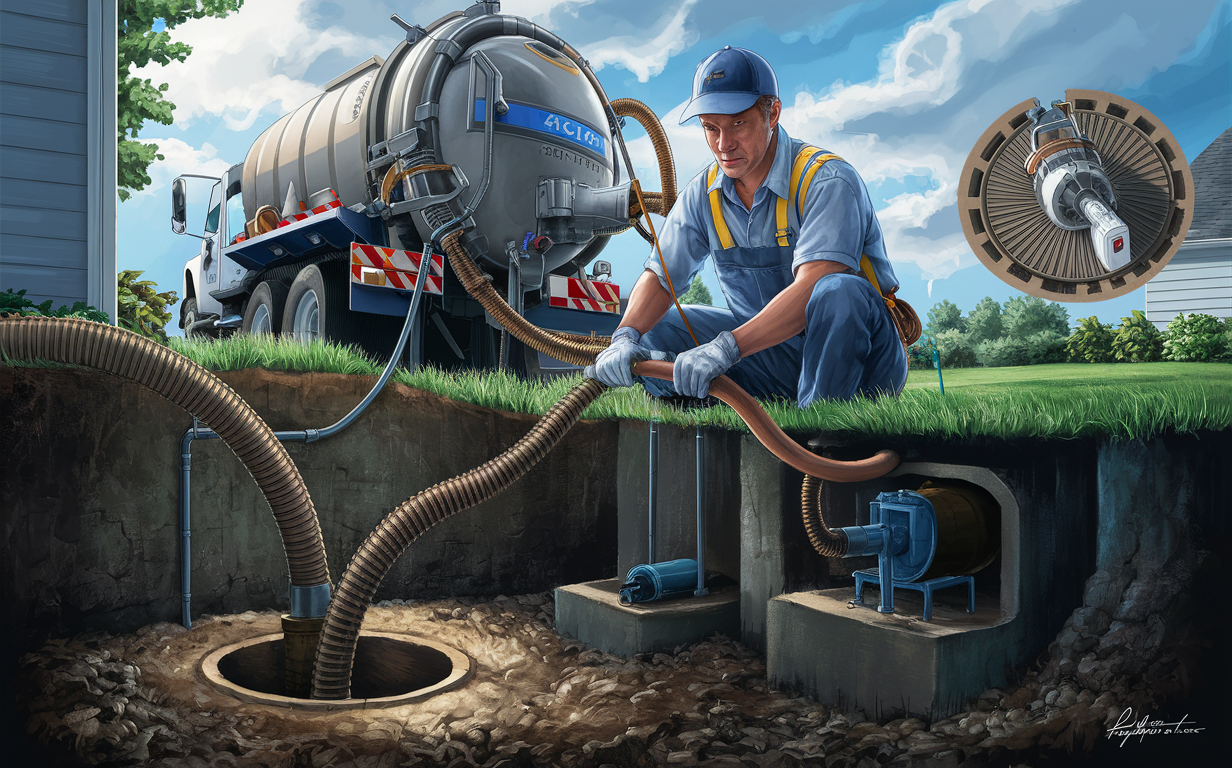
Septic tanks collect and treat household wastewater, separating solids from liquids. Without regular cleaning, these solids can accumulate, leading to blockages, backups, and potentially expensive repairs. Regular cleaning ensures that the system continues to operate efficiently and extends its life.
Step-by-Step Guide to Septic Tank Cleaning Process
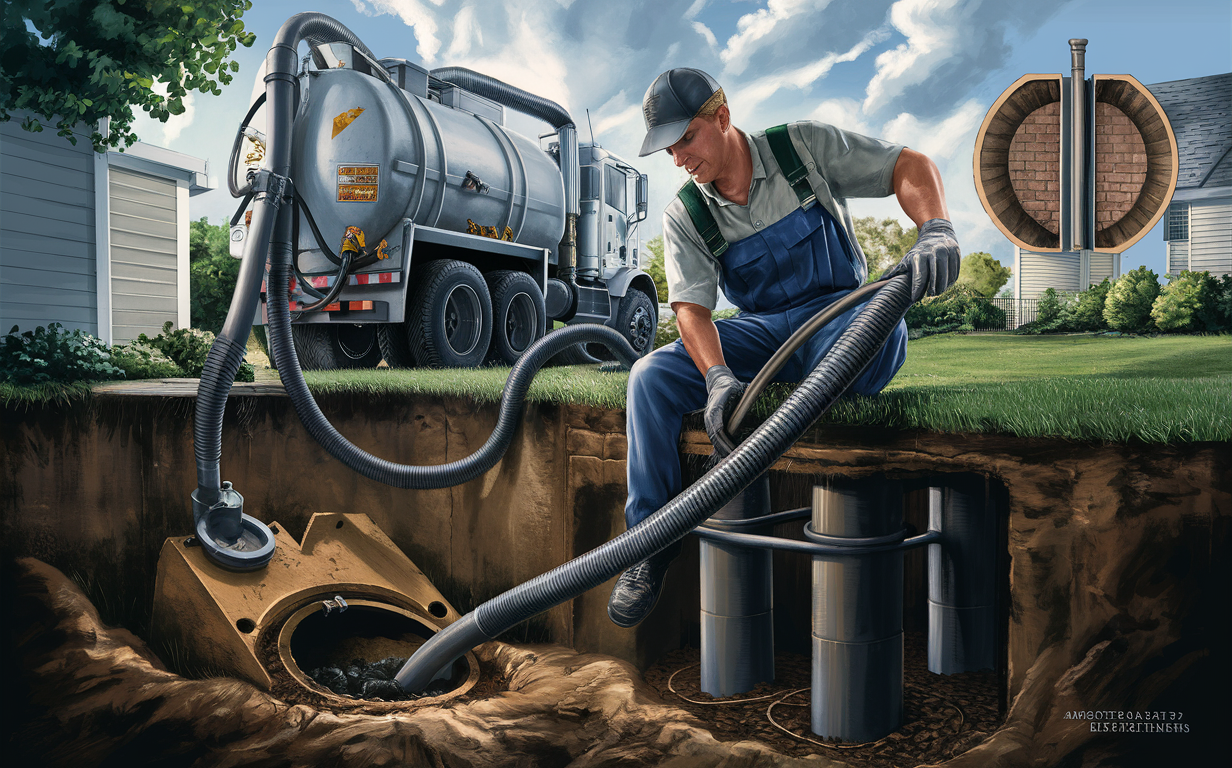
1. Locate Your Septic Tank
The first step in cleaning your septic tank is finding its location. Most tanks are buried underground and can be identified by a slight mound or depression in the yard, often near the house. If you’re unsure of the exact location, consult your property plans or enlist professional help.
2. Accessing the Septic Tank
Once located, access the septic tank by removing the lid. Be cautious, as septic tanks produce gases that can be hazardous. Safety gear such as gloves, masks, and protective eyewear is recommended.
3. Inspecting the Tank
Before any cleaning begins, inspect the tank for signs of damage or leaks. Check the levels of scum and sludge and ensure that the baffles are intact. This inspection can reveal potential issues that need addressing.
4. Measuring Sludge and Scum Levels
Use a sludge measuring stick or a similar tool to determine the depth of the sludge and scum layers. Typically, if the top of the sludge layer is within 12 inches of the outlet, it’s time for a pump-out.
5. Pumping the Septic Tank
Pumping involves removing the accumulated sludge and scum from the tank. This step is best left to professionals with the appropriate vacuum trucks. Pumping prevents solids from entering the drain field, which can cause system failure.
Frequency of Septic Tank Pumping Based on Household Size
| Household Size | Frequency of Pumping |
|---|---|
| 1-2 people | Every 3-5 years |
| 3-4 people | Every 2-3 years |
| 5-6 people | Every 1-2 years |
| More than 6 | Annually |
Cleaning the Baffle Filter
During pumping, clean the baffle filter to prevent blockages. The baffle filter plays a crucial role in keeping solids from entering the drain field. Regular cleaning ensures it remains effective.
Final Inspection
After pumping and cleaning, conduct a final inspection. Ensure that all components are in good condition and that no damage occurred during cleaning. Replace the lid securely to prevent unauthorized access.
Preventive Measures for Septic Tank Maintenance
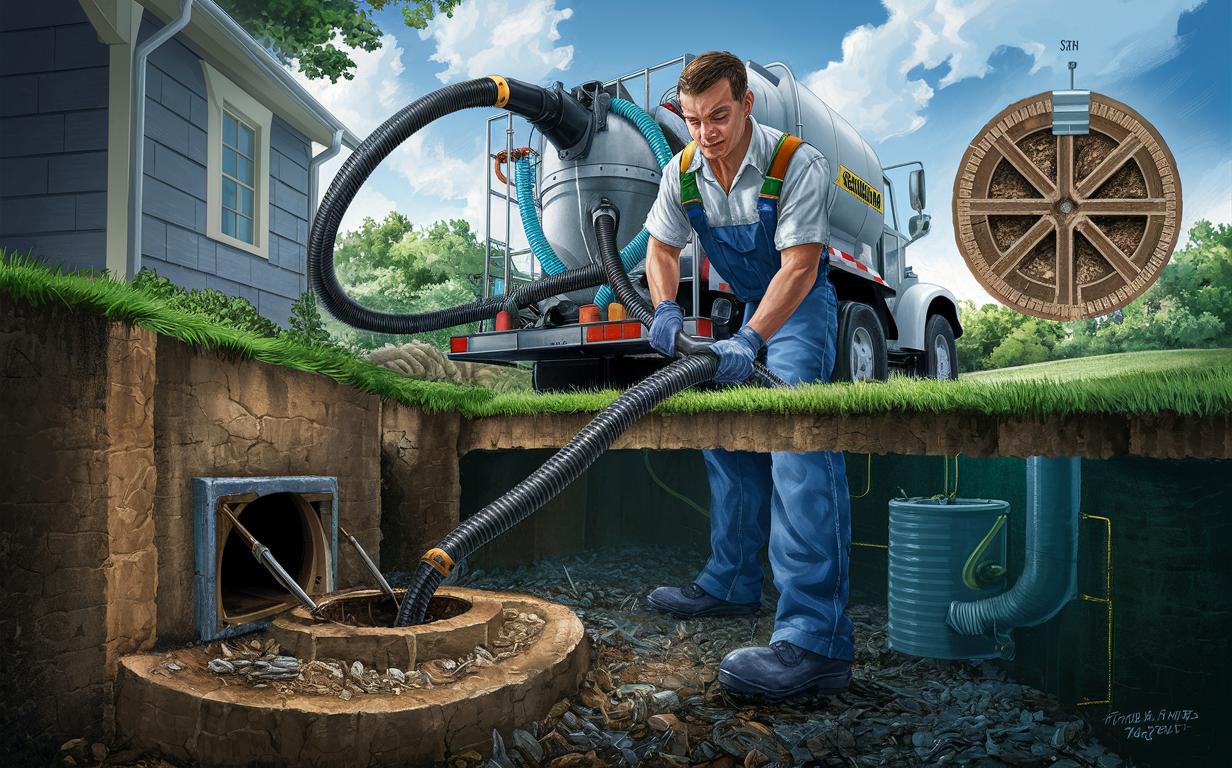
Preventive care can significantly extend the life of your septic system. Here are some tips:
- Avoid flushing non-biodegradable items.
- Use water efficiently to reduce the load on the system.
- Regularly inspect and pump your septic system.
- Avoid driving or parking over the septic tank and drain field.
- Keep trees and shrubs away from the septic system to prevent root intrusion.
Common Septic Tank Issues and Their Solutions
| Issue | Solution |
|---|---|
| Blockages | Regular pumping and careful flushing |
| Leaks | Professional inspection and repair |
| Foul Odors | Clean vents and ensure proper sealing |
| Slow Drains | Check for blockages and pump tank |
| Backups | Prompt pumping and inspection |
The Role of Professional Septic Services

While some aspects of septic tank maintenance can be done by homeowners, professional services are essential for thorough cleaning and inspection. Professionals have the experience, equipment, and expertise to handle even the most challenging issues, ensuring your system remains in top condition.
Benefits of Professional Septic Services
- Expertise in identifying and fixing issues.
- Access to specialized equipment.
- Safe handling of hazardous materials.
- Compliance with local regulations.
- Peace of mind knowing the job is done right.
Common Myths About Septic Tank Cleaning
There are several myths surrounding septic tank cleaning. Let’s debunk a few:
- Myth: Additives eliminate the need for pumping.
- Fact: While additives can help break down solids, they don’t replace the need for regular pumping.
- Myth: A full tank doesn’t need cleaning if there are no issues.
- Fact: Waiting until there are problems can lead to more severe and costly repairs.
- Myth: Pumping is required annually for all systems.
- Fact: The frequency depends on household size and septic system usage.
Signs Your Septic System Needs Cleaning
Knowing when to clean your septic tank can prevent emergencies. Look out for these signs:
- Slow drains: Indicate potential blockages.
- Foul odors: Suggest full or malfunctioning tanks.
- Pooling water: Around the drain field can signal overflow.
- Backed-up toilets: Often a sign of a full tank needing immediate attention.
Conclusion
Regular septic tank cleaning is vital for maintaining a healthy and efficient wastewater system. By understanding the septic tank cleaning process and recognizing the signs of when it’s needed, you can avoid costly repairs and ensure your system lasts for years. Trusting professionals like Texway Wastewater Services guarantees your septic system receives the care it deserves.
For more information or to schedule a service, contact Texway Wastewater Services at (817) 889-4007.
Remember to keep your septic system in top shape with regular care and professional maintenance. A little attention goes a long way in preserving your investment and ensuring the health of your home.

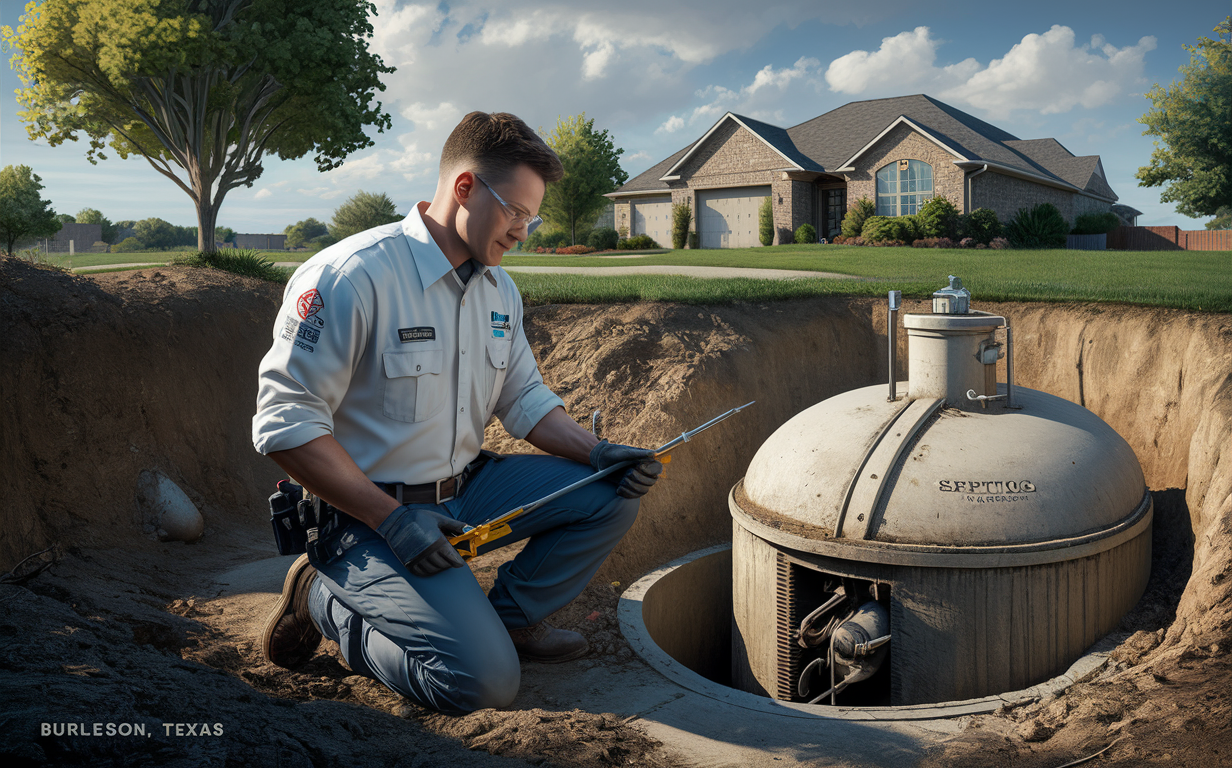

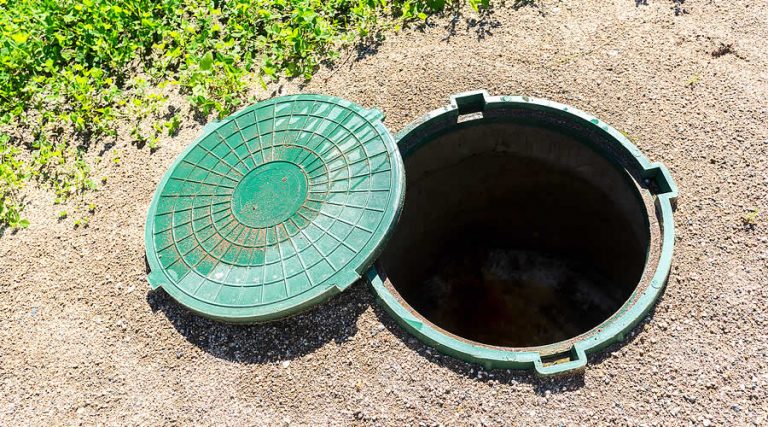
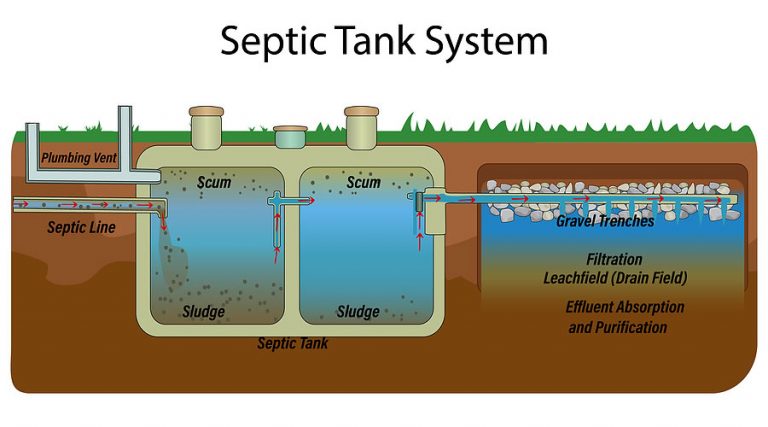
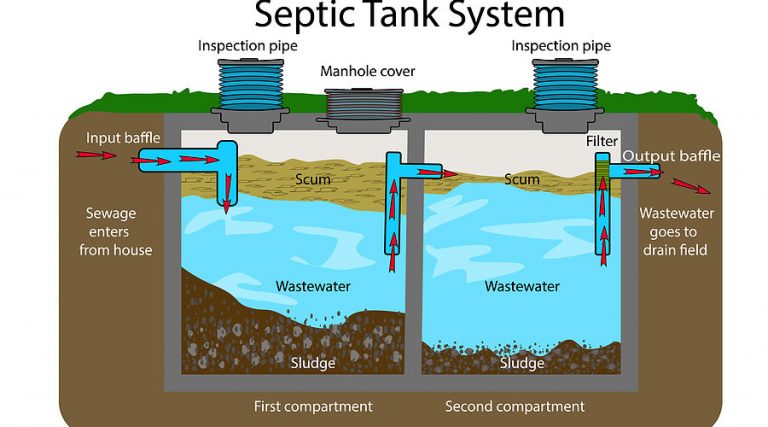


 Texway Wastewater Services is a septic, wastewater, and excavation company based out of Burleson, Texas and serving the surrounding areas. We specialize in
Texway Wastewater Services is a septic, wastewater, and excavation company based out of Burleson, Texas and serving the surrounding areas. We specialize in